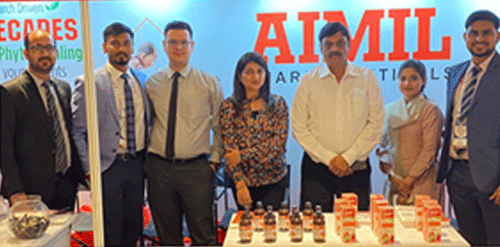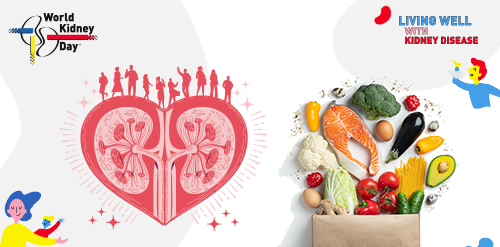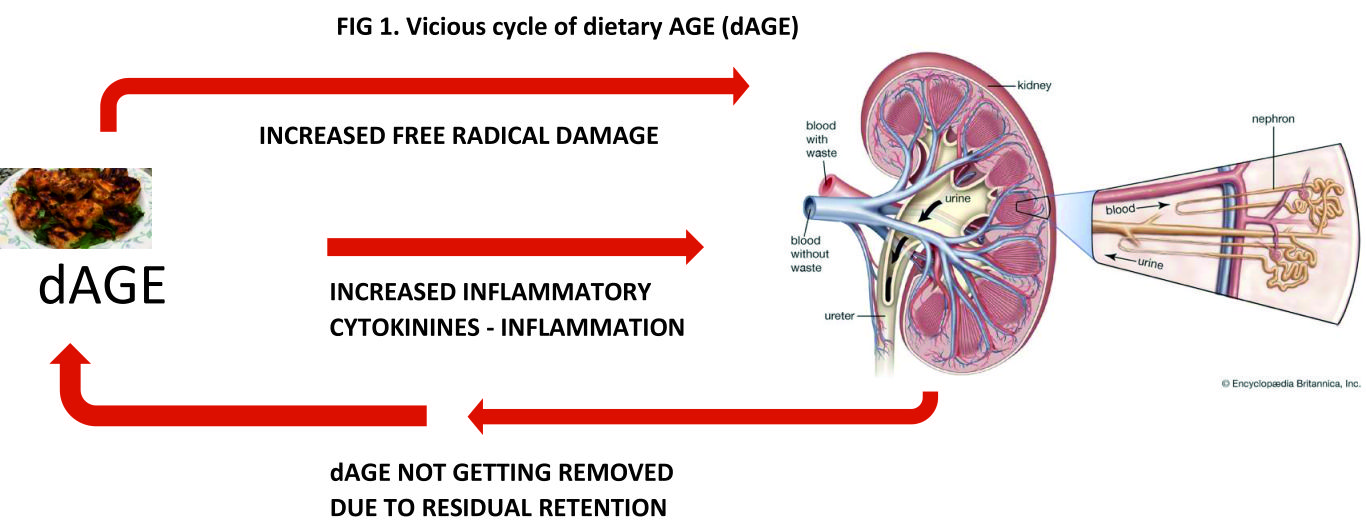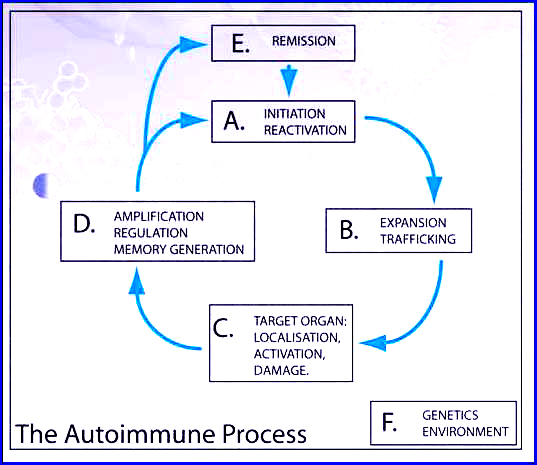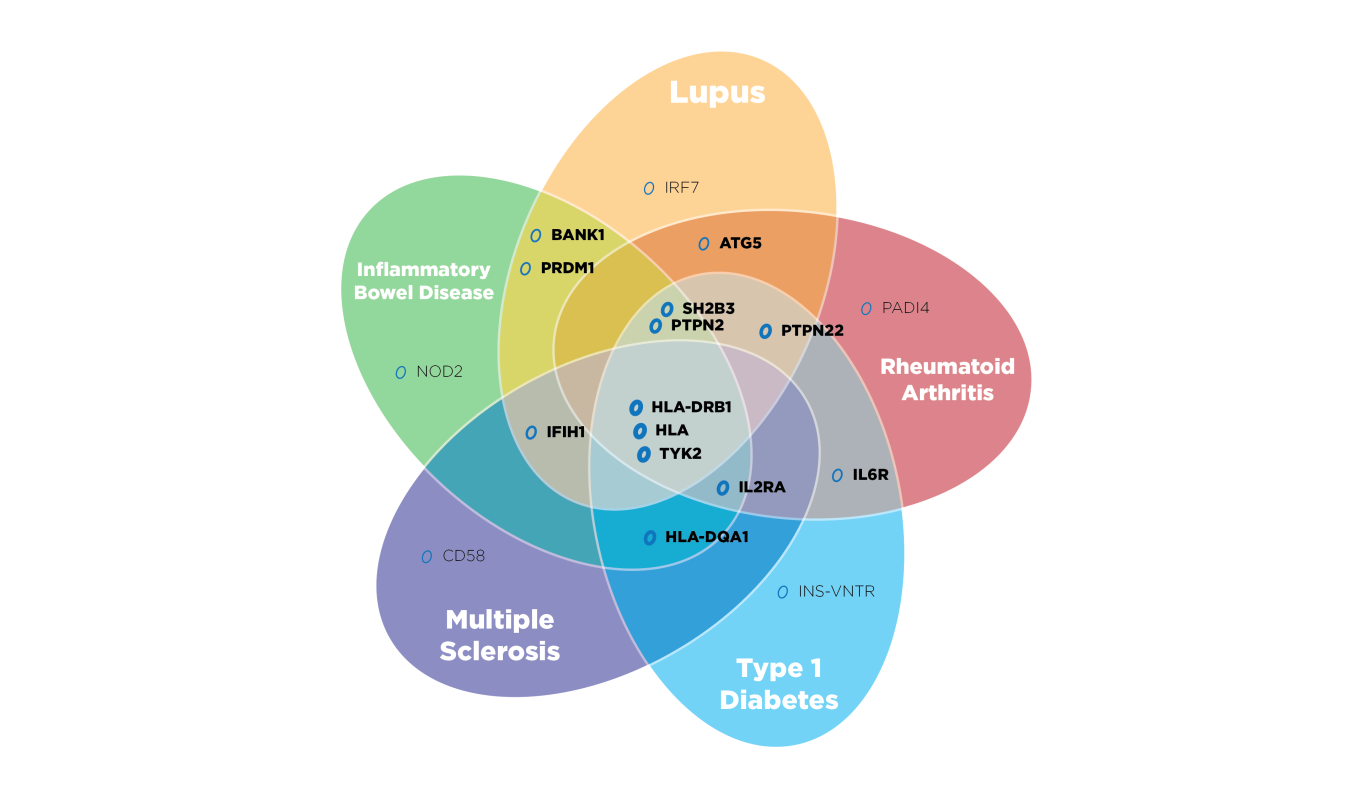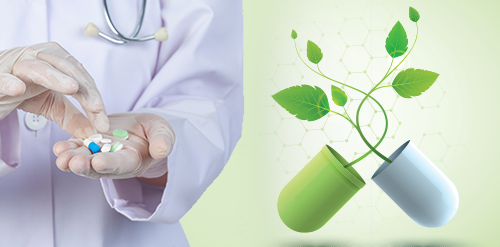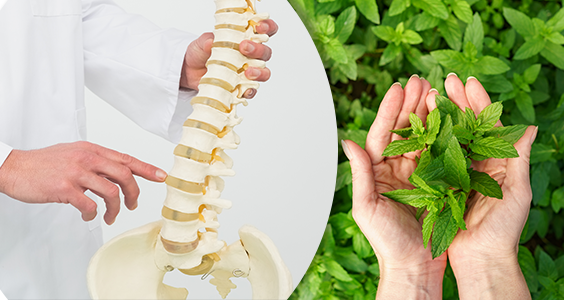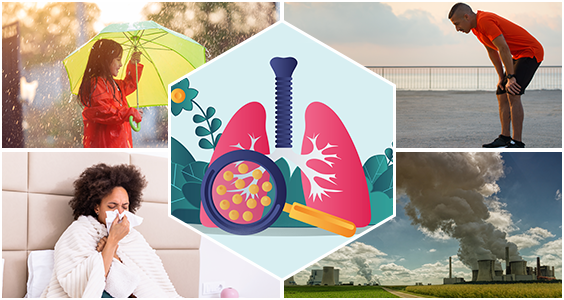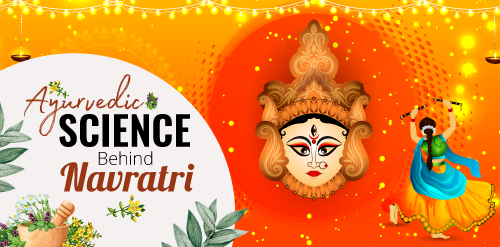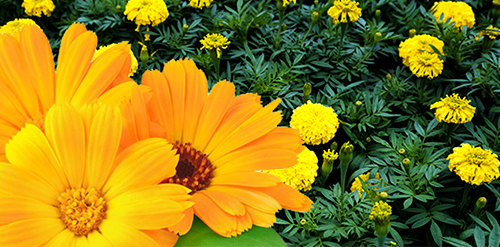Bones being a crucial part of human skeleton system, contributes in overall health of an individual. Bones in order to achieve its substantial strength undergo constant breakdown & restoration, leading to adequate mineralization of bone matrix. The appropriate synchronisation of this process lead to bone remodelling that contributes in maintaining normal bone strength & growth.
This continuous process of bone modelling & remodelling takes place by specialised types of cells namely osteoblast, responsible for new bone formation & osteoclasts, responsible for breakdown of bone. Where the major function of osteoblasts is calcium deposition on the bone surface resulting in the production of bone matrix. On the hands osteoclast includes bone resorption through solubilisation of matrix mineral.
Therefore, to achieve optimum bone health, other than the adequate balance between these cells action of absorption & deposition, bones also requires other essential pro-vitamins including boron, calcium, magnesium, glucosamine, silica, vitamin A, vitamin B complex (with extra B5 and folate), vitamin C, vitamin D3, zinc and amino acid complex.
As the bone health largely depends on bone mineral content and density, consuming adequate amount of calcium, vitamins, pro-bone minerals & natural bone collagen. Contributes in delaying bone diseases like osteoporosis, osteopenia, low bone mineral density, menopausal bone loss, delayed bone growth etc.
Talking more on the therapeutic strategies of above mentioned bone disorders, relay on maintaining bone mass content and prevention of uncontrolled decline bone loss. Constituting between allopathic treatment & natural therapy, it is found that the adverse effects like burning sensation & gastrointestinal tract disturbances associated with conventional treatment limit its use, whereas multifactorial approach with protective effect of natural botanical, boost the use of herbal products. Several phytoconstituent present in below mentioned botanicals are proven to exhibit beneficial effect in maintaining & managing bone heath. Some of them includes:
Ashvabala (Alfalfa) (Medicago sativa L.) Leaf contains many essential vitamins and minerals, including A, D, E, K, and even the full family of B vitamins including niacin, biotin, calcium, folic acid, iron, magnesium, potassium and many others. Ashvabala (Alfalfa) leaf is most important herb for bone health, and to complement vital nutrients for strengthening weak bones.
Asthishrinkhla/Hadjod (Cissus quadrangularis L.) Aerial Part of this ancient herb has been used since ages for its promising bone healing properties especially in cases of fractures. Asthishrinkhla is well established for their anti-osteoporotic action. Calcium Oxalate, Carotene, Carotenoids, Triterpenoids and Ascorbic Acid are the active component works in the recovery phase of fractured bone, weak bones (osteoporosis).
Haridra (Curcuma longa L.) Rhizome also known as Haldi. Haldi used for a long time in inflammation, pain and wound healing. Haridra contains essential oil (volatile oils 75 %) and curcumin, monoterpenes; starch, protein and high amounts of vitamin A and other vitamins.
Ashwagandha (Withania somnifera (L.) Dunal.) Root is well established for their anti-osteoporotic action. Ashwagandha root contains alkaloids and steroidal lactones. The steroidal lactones contain Withanolides (withaferin). Ashwagandha is used for excessive emaciation, rheumatic ailments, arthritis & gout. It is a rich source of natural calcium and minerals. It helps in the growth of child and adolescents.
Alsi (Linum usitatissimum L.) Seed contains Fixed oil (37 – 44%), mucilage (3-10%), protein, palmitic, stearic, oleic, linoleic acids, amino acids and omega 3 and omega 6 fatty acids, alpha-linolenic acid. It is essential for bone growth.
Guduchi (Tinospora cordifolia (Willd.) Miers.) Stem contains Terpenoids, Alkaloids, Lignans, Steroids, palmatine. Guduchi stem is a good immunomodulatory, so it improves the immune systems for heathy bone growth.
Amla (Emblica officinalis Gaertn.) fruit is the richest known source of vitamin 'C'. Amla fruits contains Ascorbic acid and tannins, Gallic acid, tannic acid, albumin, cellulose and other minerals used in inflammation & improves immunity.
Palak (Spinacia oleracea L.) leaf is a good source of zinc. It is a rich source of Vit-A, Vit- C, Vit-E, Vit-K, Vit-B6, Vit-B2, magnesium, manganese, folate, betaine, iron, calcium, potassium, folic acid, copper, protein, phosphorous, zinc, niacin, selenium and omega-3 fatty acids. It is essential for bone health, growth of the bones and vitamin deficiencies.
Kalaunji (Nigella sativa L.) Seed contains essential oil, fixed oil, volatile oil, resin, protein, vitamins, carbohydrates, mineral elements, fats, and essential amino acids, recommended for a treatment of weak bone or bone growth.
Kushmand / Pumpkin (Benincasa hispida (Thunb.) Cogn.) seeds are good sources of zinc & fatty Oil, Amino acids, mucins, mineral salts, vitamins B and C, fixed oil, starch, improves strength and immunity.
Mandukaparni (Centella asiatica (L.) Urb.) Whole Plant contains glycosides (triterpenoid glycosides), phytosterols and volatile oil, used to destroy diseases and promotes strength, increases digestive power for healthy bone growth.
Shalaki (Boswellia serrata Roxb. ex Colebr.) Exudate contains Oleo-gum-resins. The resin consists of different types of terpenes. Terpenes also known as terpenoids are the largest and most diverse group of naturally occurring hydrocarbons produced by a wide variety of plants, responsible for healthy bone growth.
Sudh Laksha (Laccifer lacca) purified secretion contains resin (70-80%), proteins, composed of mainly hydroxy fatty acids of C14- C18 carbon chains. Sudh Laksha, used for Low bone mineral density, osteoporosis, osteoarthritis and increase the bone mineral density.
Vanshlochan (Bambusa arundinacea Willd.) Silicious concretion contains, protein, crude fibre, calcium, phosphorus. Minerals, calcium, phosphorus, iron, thiamine, riboflavin, and niacin responsible for healthy bone growth.
Acknowledge the rising risk of bone related issues Aimil Pharmaceuticals (I) Ltd brings an outstanding biologically active blend of herbal phytoconstituent, developed to improve bone strength & reduce bone loss. It also supplements four unique types of calcium viz. calcium carbonate, calcium oxide, calcium silicate and calcium oxide in bioactive forms along with Vitamin D and K for facilitating absorption. The pro bone minerals like Magnesium, Silicon & Boron in addition to osteoblastogenesis increasing herbs makes Boniheal stand out of the ordinary.





